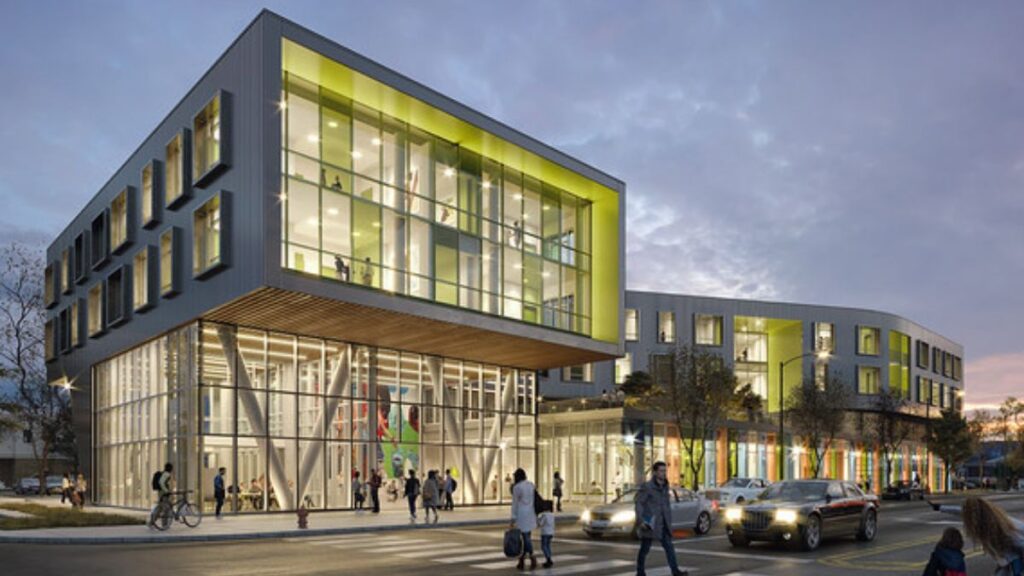Introduction
As the demographic tide of baby boomers entering retirement age swells, a transformative shift is underway in the senior housing market. Many retirees seek options that deliver flexibility, affordability, and a dynamic social atmosphere without the burdens of traditional homeownership. In this evolving landscape, rental-only retirement communities have carved out a distinct niche, presenting a lifestyle rich with choice and engagement. For seniors who have already spent decades maintaining a home, the opportunity to let go of those responsibilities is a breath of fresh air, making these communities increasingly popular. Those looking to explore these benefits firsthand can look to The Villas Retirement Community, a shining example of this innovative approach to independent senior living. The Villas offers comfort, security, and a sense of vibrancy and possibility that appeals to modern retirees.
Gone are the days when aging meant settling into a fixed residence shadowed by maintenance and rising property taxes. Instead, today’s retirees prioritize ease of living, opportunities for engagement, and community-centered environments. The rise of rental-only retirement communities is not just a passing trend; it’s a reimagined path for seniors who value choice and purposeful living in their golden years. Experts note that this demand reflects a broader societal shift toward mobility and lifelong autonomy. Communities have responded by offering choices as diverse as the seniors, accommodating varying needs, hobbies, and social inclinations.
Flexibility and Freedom
One of the most significant advantages of rental-only retirement communities is their inherent flexibility. Unlike homeowners tethered to property upkeep and market fluctuations, renters enjoy the peace of mind with maintenance-free living. Seniors do not have to worry about unexpected expenses such as a broken furnace in winter or roof repairs after a storm—the community staff manages these challenges. This liberation from home repair, lawn care, and unforeseen appliance failures allows seniors to devote their energy and time to pursuits they genuinely enjoy, whether traveling, volunteering, or socializing with friends.
Flexibility also extends to residency duration, providing retirees with an essential option if their circumstances change. Rather than being locked into a long-term commitment, seniors can relocate as their needs or preferences evolve. This low-risk arrangement is especially appealing when transitions are common: many retirees wish to downsize, move closer to family, or spend part of the year in a different climate. With rental-only options, they can make these choices with little hassle, removing the stress and financial uncertainty of selling a home later in life.
This flexibility directly supports the growing trend among seniors to be more mobile and adventurous during retirement, enabling them to pursue new experiences, reconnect with distant loved ones, or find the ideal environment for their current stage of life.
Resort-Style Amenities
The hallmark of today’s rental-only retirement communities is the quality of amenities. These communities are designed to cultivate an active, engaging atmosphere rivaling upscale resorts. Residents enjoy access to fitness centers, swimming pools, group exercise classes, walking trails, and art studios. Interactive and thoughtfully designed communal spaces encourage social connection through card tournaments in a game room or gardening in a shared courtyard. Social calendars brim with events, clubs, and outings, fostering deep friendships and a sense of belonging, essential to emotional well-being and sustained happiness.
The breadth of amenities is critical in supporting seniors’ health and happiness, offering far more than exercise facilities or craft rooms. Structured programs can include educational seminars, music therapy, meditation groups, book clubs, and travel excursions to local museums or theaters. In addition to physical wellness, programs are tailored to encourage lifelong learning, creativity, and spiritual growth. According to The New York Times, these amenities add tangible value for residents and position rental retirement communities as a compelling alternative to more expensive full-service senior living facilities. For many, this lifestyle provides an ideal combination of independence and support, with just the right level of assistance available if and when needed.
Affordability Concerns
For many retirees, financial peace of mind is a top priority. As fixed incomes become a reality post-retirement, affordability is central to housing choices. Rental-only retirement communities often present a more cost-effective solution than purchasing property or paying the high monthly fees associated with assisted living. Residents can avoid large down payments, property taxes, and unexpected repair bills, which can result in significant savings over time. In addition to monthly rent, many communities offer “all-inclusive” packages that bundle utilities, meal plans, and housekeeping, making it easier for seniors to plan their finances and avoid unpredictable expenses.
Recent research by the American Seniors Housing Association (ASHA) and ProMatura Group found that affordability often outweighs location or even amenities when seniors select a community. By choosing a rental model, seniors can budget more predictably for their living expenses and retain the flexibility to adapt as their financial situations or health needs change. This predictable expense structure is crucial for those who wish to avoid dipping into savings or investments for housing costs, helping preserve assets for health care or legacy planning.
For children and caregivers, this predictability can relieve some of the stress and uncertainty often accompanying aging family members, making rental retirement communities a wise choice for many families.
Changing Housing Preferences
The rise of rental-only retirement communities mirrors a significant shift in housing preferences among older adults. According to the National Association of Home Builders (NAHB), the number of renters aged 65-74 is the fastest-growing in the United States, with millions projected to join the market in the coming decade. This trend illustrates a clear move from traditional ownership toward solutions offering more freedom and less responsibility. It underscores the increasing value that seniors place on adaptability and choice.
The modern retiree values adaptability—whether it’s for financial security or lifestyle reasons. As more seniors embrace renting, developers are responding by designing communities tailored to their needs, from on-site wellness centers to pet-friendly accommodations. Residences are often built with accessibility in mind, including wider doorways, walk-in showers, and emergency call systems, ensuring that living at home remains possible as health needs evolve. This evolving landscape is changing how society thinks about retirement, allowing seniors to enjoy independence and a high quality of life deep into their later years. It also challenges outdated stereotypes about aging by showcasing how vibrant, engaged, and empowered today’s seniors truly are.
Conclusion
Rental-only retirement communities are transforming how older adults approach their later years, offering flexibility, affordability, and vibrant living environments. These communities appeal to seniors who want independence, social engagement, and a lifestyle free from the burdens of ownership. For many, finding rental-friendly senior communities that don’t feel like nursing homes reflects the shift toward comfort and dignity in retirement. As this trend grows, it promises to redefine senior housing by focusing on innovation, personal fulfillment, and joy—ensuring retirees thrive in this meaningful stage of life.






